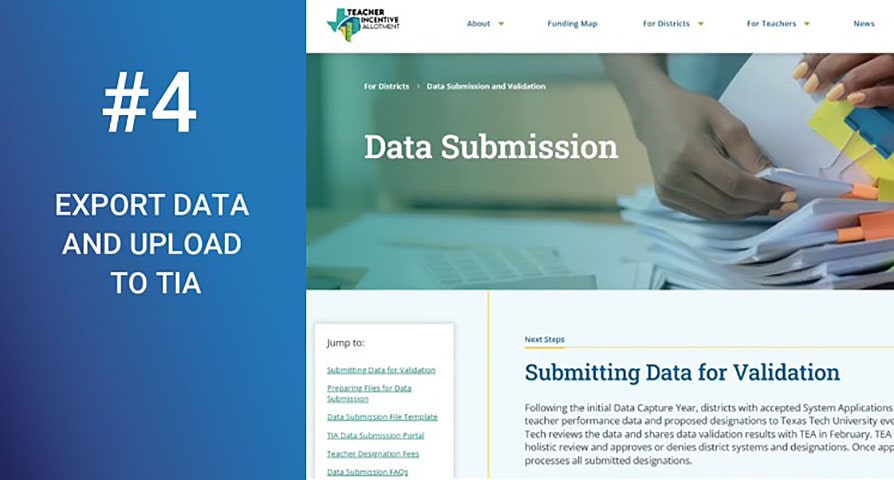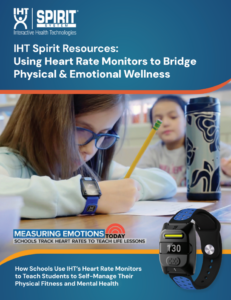Texas Teacher Uses IHT Software to Easily Deliver Data That Leads to Stipend Through Statewide Incentive Program
A Texas teacher used data from her IHT Spirit Assessments software to apply for – and earn – a 5-year stipend through the Texas Education Agency’s Teacher Incentive Allotment (TIA) program.
In one of the many Texas school districts that use IHT’s software, Mission Collegiate High School (Mission CISD) PE teacher Denise Rosales creates assessments, records results and produces reports that demonstrate the progress her students have made throughout the year. When she first learned about the TIA program, she realized she could use one of the software’s additional features to easily pull the data that would eventually lead to increased compensation.
“I remember thinking, ‘what was I going to use?’” Rosales said. “I thought I was going to have to come up with everything from scratch. But we were already using IHT, but I wasn’t focused on pulling reports at that time. When TIA came around, that’s when the wheels started turning. Now, I can easily print out reports that are professional looking, not handwritten by me. The district wants to see growth, and now I can prove that.”
Each district can choose any metric to show student growth. Mission CISD’s leadership chose to measure PE success by the percentage of students who achieve healthy fitness zone scores on specific fitness tests. Rosales administers the tests several times a year and enters the data into the software. After her final round of student testing, she generates a report that she submits to district leadership that shows how she did against the district’s goals for TIA achievement.
How TIA works in Texas
Launched during Texas’ 2019 legislative session, roughly half of Texas’ 1,207 public school systems have joined or applied to join the TIA program.
It takes 2 school years for teachers to qualify for the additional pay. The first year sees teachers collect their performance data. Early in the second year, the district uses the data to determine designations earned. In the second semester of the second year, teachers can receive their designations and awards.
To earn the awards, teachers must be employed in the same district on the last Friday of February of the school year and hold a teaching certificate in good standing with the state.
According to its website, TIA’s mission is “providing outstanding teachers an accessible pathway to a six-figure salary. Districts can identify and designate outstanding teachers based on student growth and classroom observation.”
Designations include:
- Recognized, which can earn honorees between $3,000 and $9,000
- Exemplary, which can earn honorees between $6,000 and $18,000
- Master, which can earn honorees between $12,000 and $32,000
“Districts receive an annual allotment for each eligible designated teacher they employ and may use TIA funds to incentivize effective teachers to remain in the classroom and prioritize high-needs campuses,” the website explains.
In the first year she submitted data, Rosales earned an “Exemplary” recognition and the additional compensation that comes along with it.
“I was one of the teachers awarded with that first cohort,” Rosales said. “Once you get that first TIA recognition, it’s good for 5 years.”
Participating districts can elect to pay teachers for their designations several ways:
- One-time stipend
- Stipend paid out over multiple installments
- Adding to teacher’s annual salary
The money is guaranteed by the state. In 2023-24, nearly 27,000 teachers achieved “Designated” status, earning a combined $292 million in incentive pay. Since TIA began in 2019, the program has awarded more than $575 million to qualifying teachers.
How IHT Supports Teachers Seeking Designations
Portage Central Middle School (MI) PE leader John Dunlop – who has used IHT heart rate monitors with his classes since 2016 – often quotes W. Edwards Deming in ‘Out of the Crisis,’ “Without data, you’re just another person with an opinion.”
“Well, I have data and it helps me learn about how I do things,” Dunlop said. “To have it to share with the kids and parents and to use it as a teacher, this is something that is very beneficial.”
For Rosales, the data became a vehicle to an increased paycheck. She uses the IHT Assessments Software to develop data that helps both students and teachers. While she’s judged on a combination how students do on specific fitness tests and how well she teaches to the district and state’s standards and guidelines, she knows her mission is to make sure students have the physical fitness required to better their results each time they test.
“I look at it like ‘how can I get these kids excited?’” Rosales said. “The motto for my classroom is Fitness for Life. I tell my students every day that you can do great in your PE class but I also want you to understand the importance of staying healthy not just during your high school years but lifelong.”
That’s where the IHT heart rate monitors come into play. They provide extra motivation for students to push themselves.
“Before we used the heart rate monitors, I had students who would tell me they were working out, but you could see they were barely lifting their legs (to move),” Rosales said. “How could I hold them accountable? Now, they get excited because they know they are going to get into those heart rate zones and burn calories and do some of the things they like to do. And they talk with each other about heart rate and where their heart rate is during an activity.”
To prepare for the fitness testing, Rosales’ classes include any number of activities. Some days are focused on running. Others focus on circuit training. Still others focus on strengthening different muscle groups. Each time, she’s using the data that the heart rate monitors deliver. She’s using the software consistently and delivering students reports on a regular basis so they see how the work they’ve been putting in has helped them – or if they need to push themselves harder.
Students take the reports, review them and even take advantage of the cross-curricular aspect of the software by reflecting on recent sessions.
“Their goals become assignments,” Rosales said. “They write their goals for the tests we do and then they write about what they will do to reach their goals. It’s awesome.”
And at the end of the testing, the data is there for Rosales to deliver the reports she needs for her next TIA evaluation.
“These are the reports we need to show growth,” Rosales said. “IHT has some amazing reports to help you get started. Whatever you’re looking for, it’s on there and it’s simple and easy to use.”
How easy? Rosales says it’s just a few simple steps:
- Create groups (classes) and enter the basic student data
- Create assessments and begin testing the students
- Enter the data and run the reports your district wants for TIA
- Export the data and upload it
TIA Recognition Includes More Than Student Improvement
In Mission CISD, student achievement is only part of what teachers like Rosales must accomplish to earn their TIA recognition. Teachers must also go through an evaluation process with an administrator.
“It’s not just me meeting my goals for student growth,” Rosales said. “As educators, we have to make sure that we’re following standards through TEKS (Texas Essential Knowledge and Skills) and that the students understand what we’re doing and why.”
For Rosales, that meant meeting with campus Principal Ana Lisa Flores. The principal’s evaluation included a pre-meeting with Rosales, observing class, and a final meeting.
“I think it was an amazing evaluation,” Rosales said. “We had our meeting where we talked about having all of the data and how we are following all of the standards, and she watched class. I was excited about that. The students did a circuit workout and it was student-led. They wore the monitors and talked about the different zones and they were helping each other, holding each other accountable. I wasn’t worried about it because that’s what we do every day.”
Earning the Next Recognition
Rosales is receiving the third year of her initial 5 year exemplary stipend. She said she’ll begin working again next year to achieve master status – and the accompanying stipend. While she’s still looking at the measures she’ll need to show student growth on, she rests easy knowing she won’t have to start from scratch to collect the data to document her progress.
And she wants other teachers to know, too. Even for teachers in states without a statewide incentive program, collecting data and delivering reports can be helpful when lobbying for merit-based increases.
“I’ve talked to teachers and I’ve presented at some conferences like TAHPERD (Texas Association of Health, Physical Education, Recreation and Dance) and I’m like, ‘guys, this (software) makes it really easy,’” she said. “There’s not a lot of stuff out there that does this for the state or district, but this is one thing that is. You can pull reports with the data you enter and it does help us. It’s very easy to use.”


